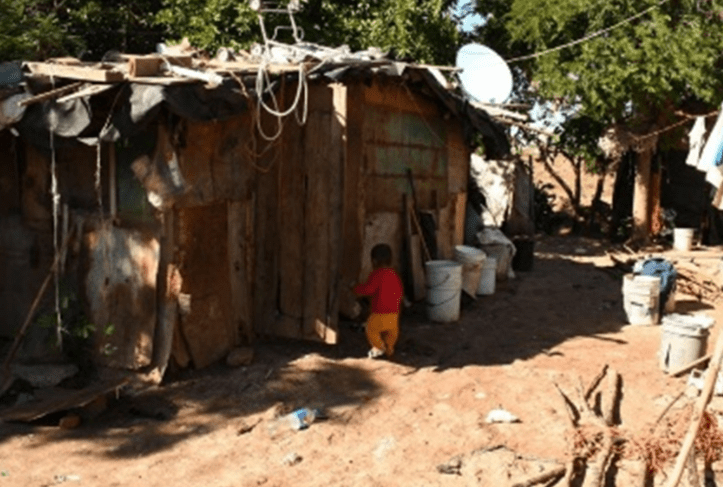Mexico has experienced high levels of income inequality over the last century, according to an analysis by the US Congress.
According to the World Inequality Report 2022, 57% of Mexico’s wealth was concentrated in 10% of the population, a figure that has remained between 55 and 60% during the last century.
Historically, income inequality has been due, in part, to the country’s regressive tax system, oligopolies that dominate particular industries, a relatively low minimum wage, and a lack of targeting in some social programs.
Consistent with the same analysis, economists have argued that reducing the untaxed and unregulated informal sector, in which workers lack job protections and benefits, is crucial to tackling poverty while expanding Mexico’s low tax base.
Under the administration of President Enrique Peña Nieto, a reform of the financial sector aimed to increase access to credit for small and medium-sized enterprises (SMEs), which employ the majority of Mexican workers.
A tax reform also sought to encourage the participation of SMEs in the formal economy.
However, barriers to formalization remain, including complex and sometimes costly state and local regulations.
Income inequality
The analysis adds that President Andrés Manuel López Obrador has improved the socioeconomic conditions of many Mexicans in the midst of the deepest recession in decades by increasing pensions for the elderly and increasing the minimum wage by 95%, in nominal terms, during the first three years of his administration.
His program to provide monthly payments to 18-29-year-olds to attend school or complete internships has enrolled more than 300,000 people, despite allegations of administrative and financial improprieties.
Poverty
However, he has canceled Prospera, Mexico’s largest social program, which had won international praise for targeting those most in need.
Mexico has long had relatively high poverty rates for its level of economic development, a problem exacerbated by the pandemic.
Experts estimate that almost 10 million Mexicans fell into poverty in 2020, increasing the poverty rate to 43.9 percent.
Traditionally, poverty has been most acute among people in rural regions of southern Mexico, indigenous populations, and people employed in subsistence agriculture or in the informal sector.
Despite predictions to the contrary, the incomes of poor and working-class households have been supported by continued remittances from family members abroad.
Even in the midst of the pandemic, remittances sent to Mexico have reached record levels, increasing 11% from 2019 to 2020 and 27% from 2020 to 2021.
![]()

